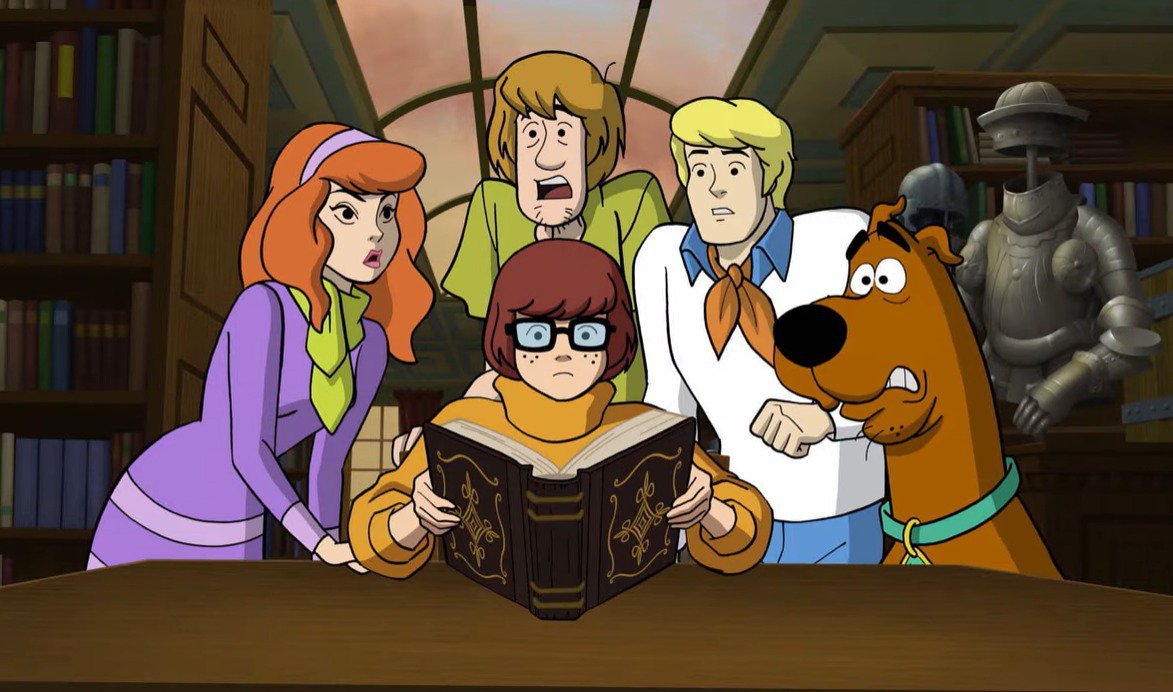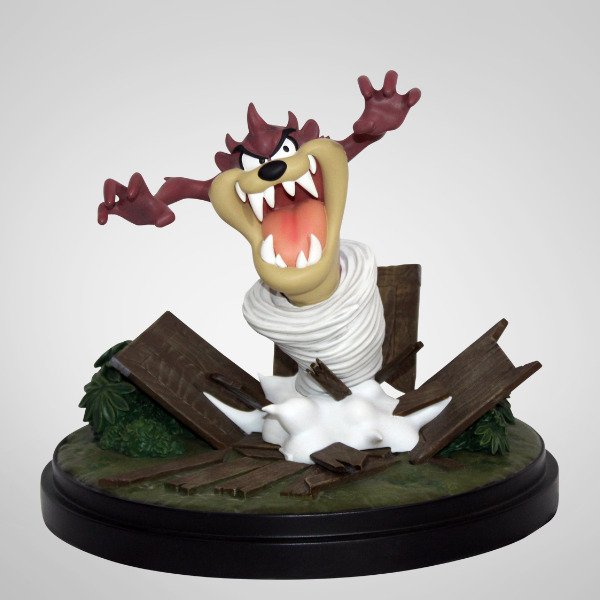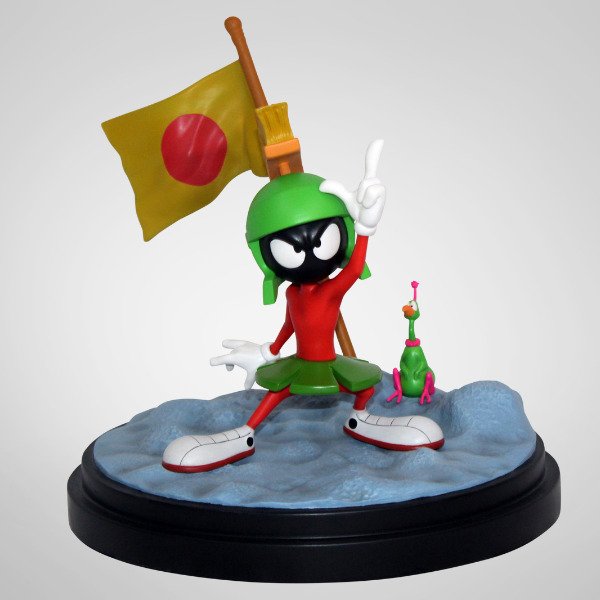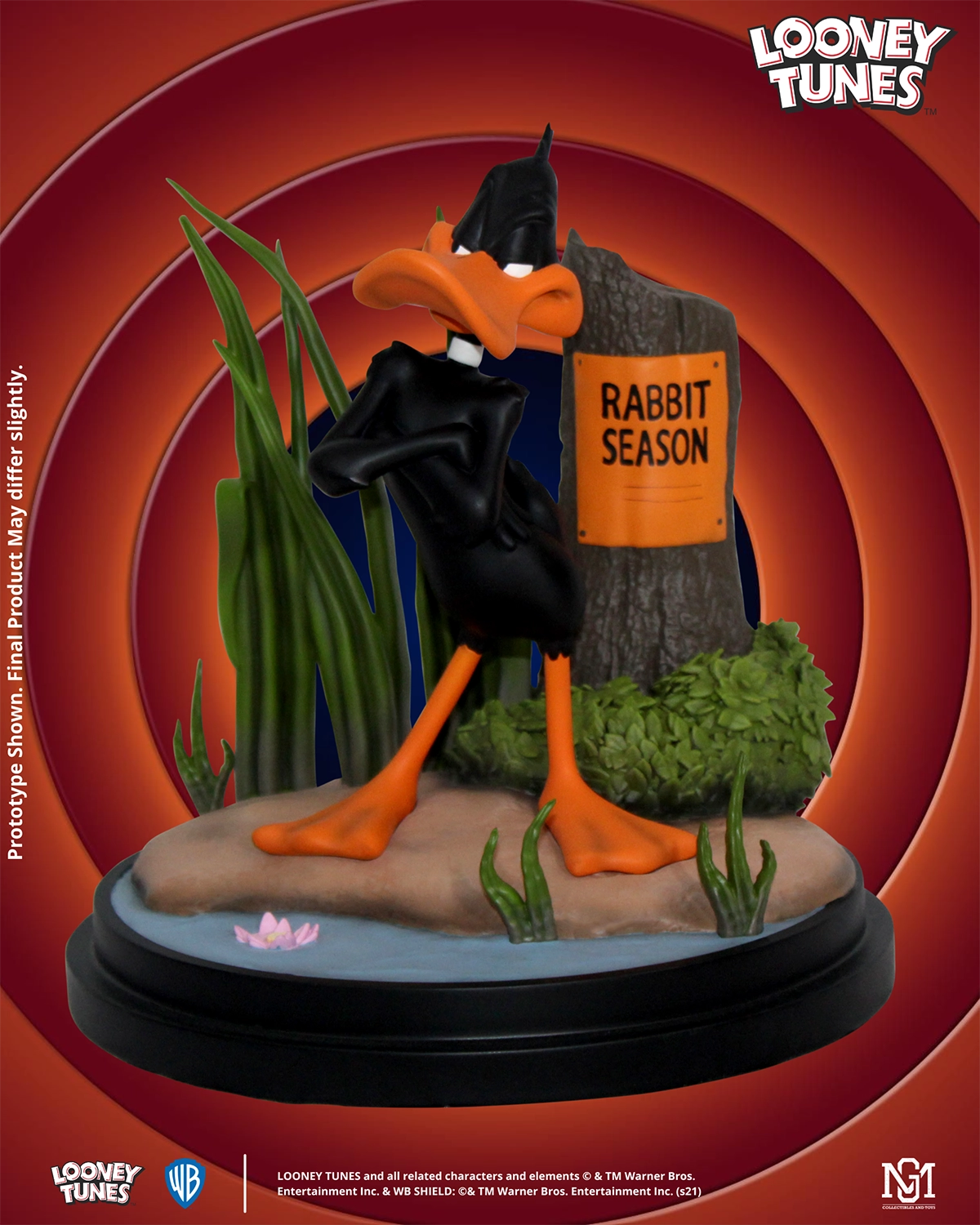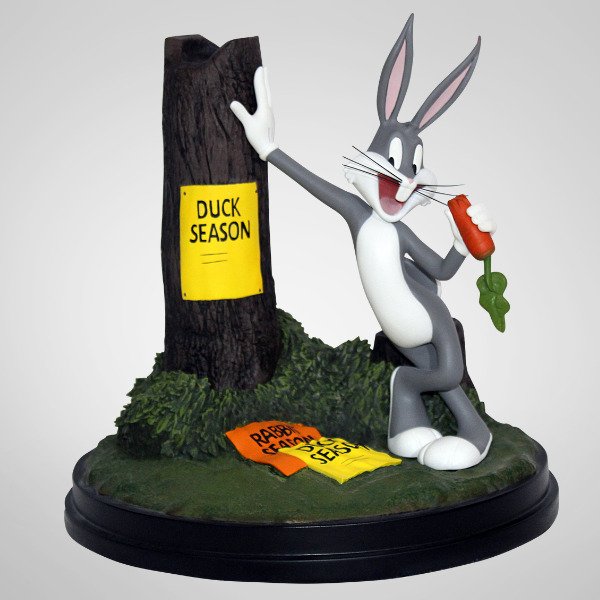Join us as we embark on a vivid exploration of the captivating evolution of Scooby-Doo's animation styles, from its iconic traditional hand-drawn visuals to the cutting-edge allure of computer-generated imagery. As we delve into the world of Scooby-Doo animation, we are poised to witness the charm, creativity, and technological advancements that have enthralled generations of fans.

The Nostalgic Charms of Traditional Animation
When the original Scooby-Doo series, "Scooby-Doo, Where Are You!", debuted in 1969, it introduced audiences to the timeless appeal of traditional animation. Produced by the renowned Hanna-Barbera Productions, the hand-drawn visuals of this classic animated series exude a retro aesthetic that continues to resonate with viewers to this day. The distinct character designs and vibrant color palettes are emblematic of the era, encapsulating an enduring allure that transcends generations.
The enduring charm of traditional animation sets the foundation for the beloved Scooby-Doo franchise, establishing a visual identity that remains an integral part of its legacy. The expressive character movements and meticulously crafted backgrounds contribute to the immersive world of mysteries and humor, laying the groundwork for the enduring visual legacy of Scooby-Doo animation.
Transitioning through Time: Blending Artistry and Innovation
As the Scooby-Doo franchise expanded and evolved, various TV movies and series marked a transitional period in its animation style. This phase witnessed a seamless fusion of traditional hand-drawn elements with subtle forays into updated animation techniques. While the classic aesthetic remained a cornerstone, the incorporation of refined color palettes and enhanced character movements hinted at the evolving landscape of animation while retaining the intrinsic charm of the original artistry.
The transitional phase in Scooby-Doo's animation journey reflects a delicate balance between preserving the nostalgic appeal of traditional animation and embracing the possibilities offered by emerging artistic technology. This pivotal period serves as a testament to the franchise's adaptability, as it skillfully integrates modern visual elements without compromising the timeless essence that defines Scooby-Doo's animated allure.
Embracing the Digital Age: The Advent of CGI Animation
In recent years, the Scooby-Doo franchise has ventured into the realm of CGI animation, marking a significant leap into the digital age while maintaining its distinct visual identity. The integration of computer-generated imagery has propelled the beloved characters and mysteries into a new era, offering a seamless transition to modern visual storytelling. The utilization of CGI techniques has allowed for dynamic perspectives, enhanced visual effects, and a renewed sense of depth and vibrancy within the animated world of Scooby-Doo.
The foray into CGI animation represents a paradigm shift, underscoring the franchise's commitment to embracing technological advancements while preserving the core essence of its storytelling. The infusion of CGI breathes new life into the beloved characters, introducing them to contemporary audiences while honoring the storied legacy that has defined Scooby-Doo's animated adventures for decades.
A Visual Odyssey: Comparing Traditional and CGI Animation
Comparing the distinct visual aesthetics of traditional and CGI Scooby-Doo episodes offers a fascinating insight into the evolution of the beloved series. The traditional animation evokes a sense of nostalgia, enveloping viewers in a warm embrace of cherished memories and timeless motifs. In contrast, the CGI animation brings forth a fresh vibrancy and immersive depth, imbuing the mysteries and adventures with contemporary allure and innovative visual intricacies.
The juxtaposition of these animation styles invites audiences to appreciate the captivating versatility and enduring spirit of Scooby-Doo's visual storytelling. It underscores the franchise's ability to seamlessly transition across artistic styles, accentuating the enduring appeal and adaptability that have established Scooby-Doo as an animated icon through the ages.
Witnessing the diverse animation styles of Scooby-Doo is akin to embarking on a visual odyssey through time—a testament to the boundless creativity, enduring charm, and evolutionary spirit that define this iconic franchise.
- Traditional Style: Nostalgic, retro charm, iconic character designs, immersive storytelling
- Transitional Style: Blend of traditional and updated techniques, refined color palettes, evolutionary visual motifs
- CGI: Modern, dynamic perspectives, enhanced visual effects, renewed vibrancy

Venturing into the realm of Scooby-Doo animation is a testament to the innovative spirit that has fueled its enduring legacy. Whether through the endearing nostalgia of traditional animation, the seamless transition of transitional periods, or the captivating allure of CGI, the visual aesthetics of Scooby-Doo continue to captivate audiences across generations, offering a timeless blend of mystery, humor, and artistic ingenuity.
For a deeper dive into our favorite Scooby moments and to explore an array of collectibles inspired by the beloved franchise, visit MG Collectibles and Toys and experience the magic of Scooby-Doo beyond the screen.

